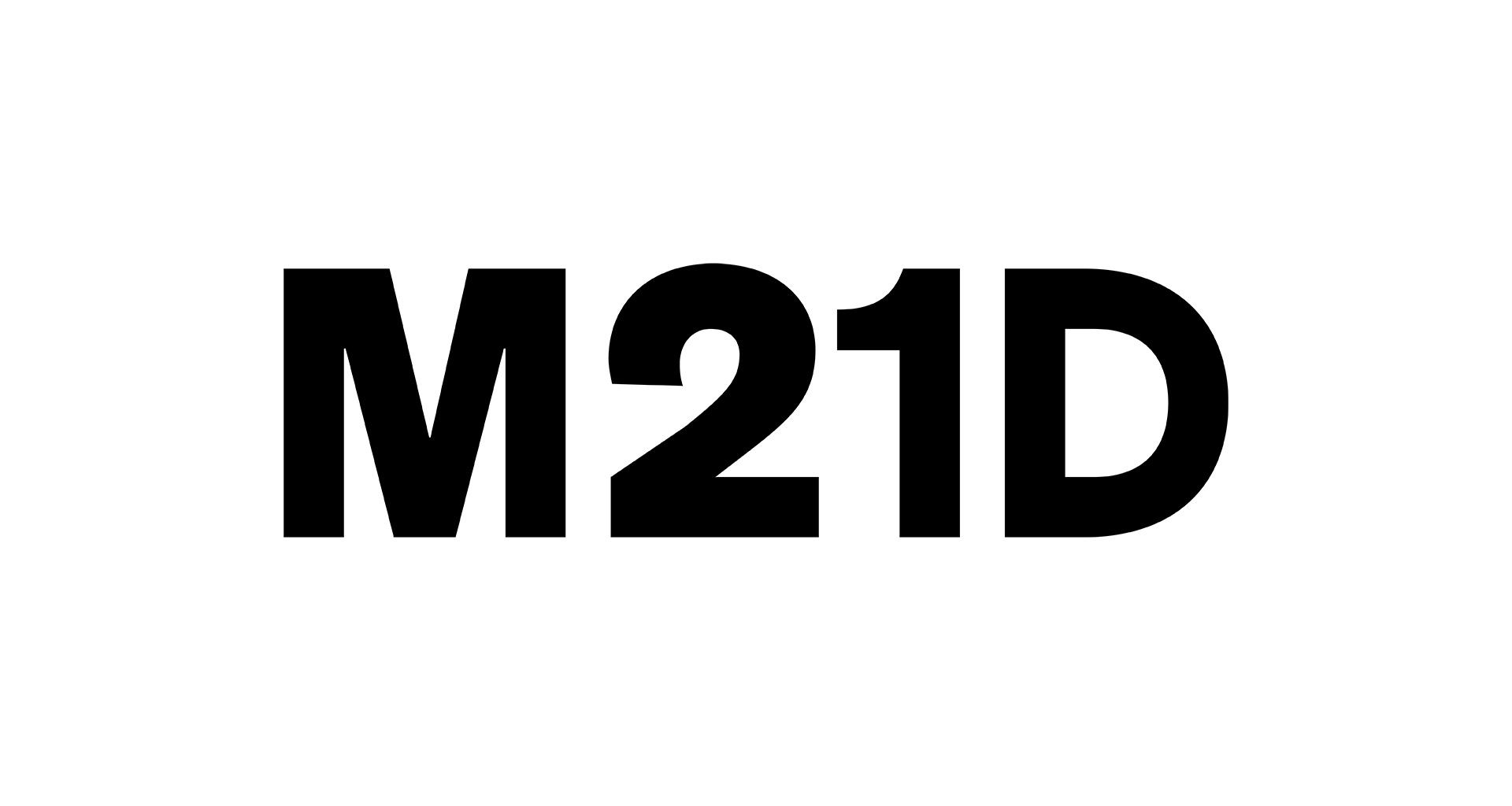Plastic bubble wrap
To protect or not protect?

This protective wrap formed of pockets of air — a standard in shipping, storage, and museum contexts — is contradictorily composed of materials that can damage the objects it protects. It is made of RIC4, a low-density polyethylene film (LPDF) used for single-use bags, such as grocery bags, bread bags, and dry-cleaning bags. According to Nova Chemicals, "In workplace where polyethylene is processed, contact with fine dust and heated fumes may cause eye, skin and respiratory system irritation. Contact with hot molten material may cause severe thermal burns, possible permanent injury or blindness. Inhalation of smoke under fire conditions is considered hazardous." According to the Health and Environment Alliance (HEAL), the findings confirm the health concerns about the effects of chemicals involved in the processing and production of products we use on a daily basis, with potential impacts on essential body functions such as our hormonal system. The level of severity is high, as Polyethylene is the most common form of wastes in environments. (In 2013, the worldwide LDPE market reached about US$33 billion.) The EPA estimates that the United States recycles only 5.7% of LDPE.
Bubble Wrap originated in 1957 with Alfred Fielding and Marc Chavannes, founders of Sealed Air Co., and their attempts to create wallpaper out of shower curtains. Several years later, the inventors pit Bubble Wrap against newspaper and polystyrene peanuts as a superior packaging material. The company continues to manufacture enough Bubble Wrap yearly to wrap the equator ten times.
Additional Resources
